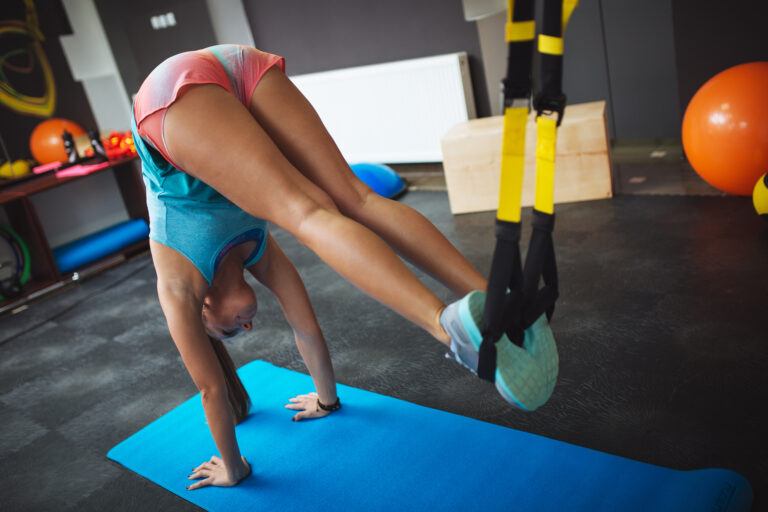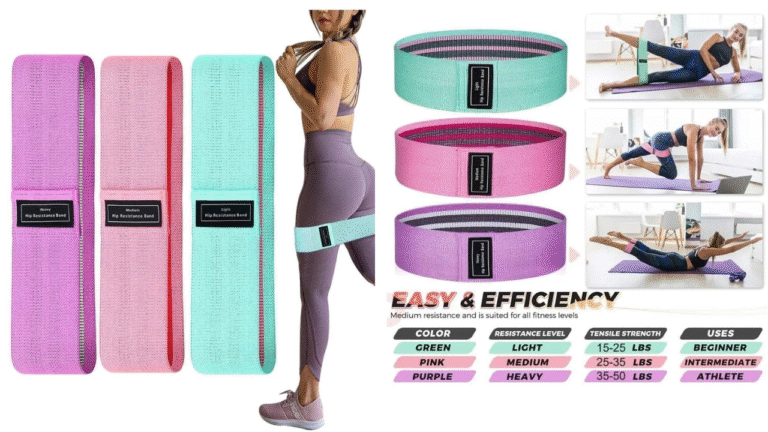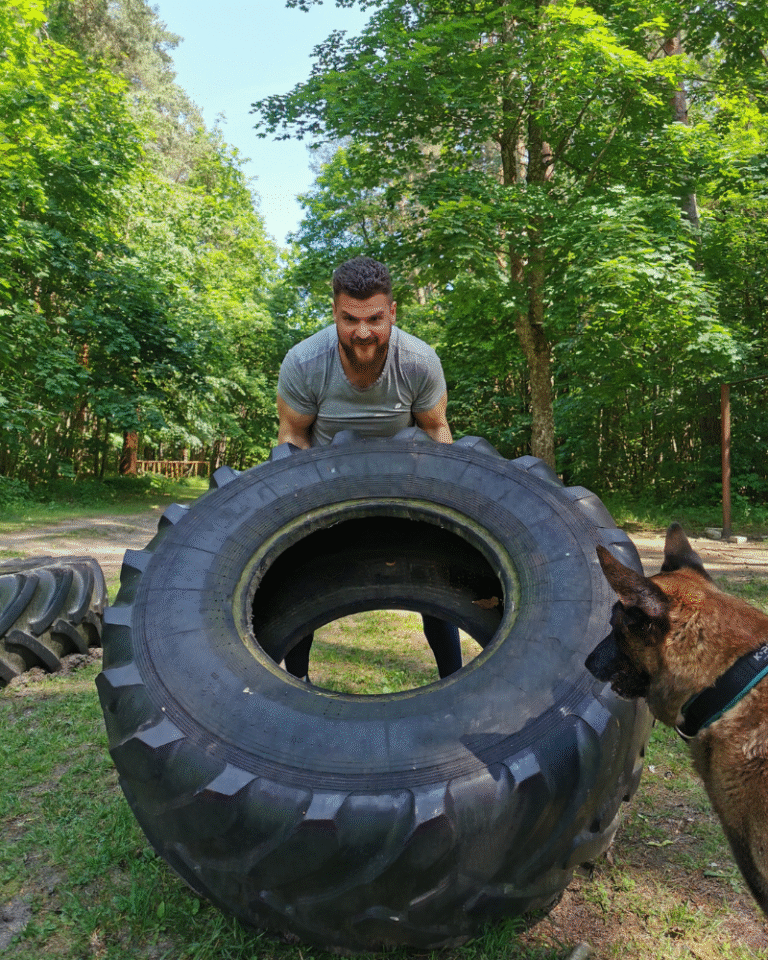What Is Cross-training And How Can It Boost Weight Loss?
Tired of starting over? It’s time to reinvent your life—one powerful workout at a time.
If you’ve hit a wall or feel like you’re going nowhere… cross-training is your breakthrough you’ve been waiting for!
It’s not just about burning calories—it’s about breaking patterns, rebuilding confidence, and creating real momentum toward the life you deserve.
In this guide, I’ll show you how cross-training can reignite your motivation, challenge your body in new ways, and finally help you hit your weight loss goals—with purpose.
What Is Cross-Training?
Cross-training is all about mixing different types of exercises into your routine instead of focusing only on one thing. If you’ve ever switched between cardio, strength training, and flexibility workouts, or even just changed activities every day, that’s cross-training in action.
It’s popular among athletes for building a well-rounded fitness base, but it’s also great for anyone looking to lose weight or get fit while avoiding monotony. Believe me, after you try it a couple of times, you’ll never go back to traditional training — it will bore you.
When I first tried cross-training, I noticed more enthusiasm for workouts since nothing ever felt too repetitive. Plus, adding in new types of movement allowed me to spot improvements in areas I never expected—like better balance and stronger core muscles.
How Does Cross-Training Help With Weight Loss?
The main way cross-training helps with weight loss is by keeping your body guessing. Your muscles don’t get too used to one movement, which means you spend more energy adapting.
Variety will crank up the intensity of your workouts, spike your heart rate, and lead to a higher calorie burn both during and after exercise
Switching things up also makes workouts longer and more fun; if I spend 10 minutes on the bike, 10 minutes lifting weights, and another 10 minutes on the rower, I hardly notice the time fly by. All that movement adds up and supports a stronger calorie deficit, which is a key part of losing weight. Plus, your body continues working after your workout, rebuilding and recovering muscles, adding extra calorie burn long after you stop.
What Makes a Good Cross-Training Workout?
A good cross-training workout combines different activities that get your heart pumping, build strength, and often include some stretching or balance work. Here are two main ways to structure your cross-training:
- Single Activity Sessions: Focus each day on a different type of exercise. For example, go for a run on Monday, try a cycling class on Tuesday, and do circuit training Wednesday. Switching up activities gives each muscle group some rest and helps train your body more evenly.
- Mixed Activity Workouts: During one workout, rotate between several exercises. You could do 10 minutes on the treadmill, 10 minutes of bodyweight strength moves, then hop on the rowing machine for 10 more. This way, boredom is out the window and different muscles are always getting worked.
In my own routine, I lean into a bit of both—swapping entire workout styles some days and mixing things up within a session when I’m short on time. That’s helped me avoid burnout and stay consistent. It is good to plan ahead, writing out a week’s worth of workouts can lock in the variety and it never gets boring.
Cross-Training at the Gym
Gyms are great for cross-training since there’s so much equipment available. I like to mix up rowing, cycling, and running, using machines like the treadmill, elliptical, or bike. If you’re into lifting, most gyms have enough free weights and resistance machines for any level. Functional training zones filled with kettlebells, medicine balls, and bodyweight gear can shake up things even more.
Many gyms also offer group fitness classes, from spin to HIIT and yoga. It’s worth checking the schedule when you want someone else to map out the variety for you. Trying classes can spark new interests and link you with like-minded workout buddies, keeping things both social and motivational.
This Message Is For Shy Person
For some more shy people, group sessions might seem scary — but believe me, JUST DO IT ONCE! and then let me know how you feel. I promise, it can change your life.
Don’t overthink how you look, what others might say, or tell yourself “I’m too weak.” It does NOT matter…
Everyone there has one goal: to become a better, stronger version of themselves — at their own level.
Cross-Training at Home
If a gym isn’t in your plans, cross-training definitely doesn’t require fancy equipment. You can do circuits using bodyweight exercises like lunges, squats, planks, and pushups. A jump rope or resistance bands can add a bit of a challenge and boost your options. And if you have some dumbbells and a kettlebell, you’re all set to work out from home!
Sometimes I make my own “mini circuits”. Even a quick bike ride or a walk outside counts for cross-training. Chasing the dog or kicking a ball in the backyard? Still cross-training if you’re getting your heart rate up and working new muscles.
You can also use furniture for step-ups or dips, and apps with bodyweight routines make it easy to follow along.
Benefits of Cross-Training for Weight Loss
- Improved Fat Burn: By increasing workout variety, cross-training keeps your energy output high and helps reduce fat more efficiently. Multiple studies show that incorporating both cardio and strength training supports greater weight loss compared to doing one alone.
- Reduces Injury Risk: Doing the same movement day after day, like just running, can lead to overuse injuries. Cross-training moves the workload around different muscle groups and joints, lowering your odds of strains or repetitive injuries. In turn, you’re more likely to stay active for longer stretches, supporting weight loss and fitness progress.
- Boosts Total Fitness: Mixing strength, cardio, and flexibility leads to building both muscle and cardiovascular health. You’ll probably spot better everyday endurance, improved posture, and less fatigue, all helping you stay active and drive calorie burn.
- More Motivation and Consistency: Variety fights boredom—a big reason people abandon their workouts before seeing any real results. When you’re excited to try something new, it’s much easier to build healthy, lasting habits.
Sample Cross-Training Workout Ideas
- Cardio and Strength Circuit:
-
- 10 minutes on the treadmill or around the block
- 10 minutes of bodyweight moves like pushups, squats, and planks
- 10 minutes on the rowing machine or stationary bike
- Repeat for 2-3 rounds
- Mix and Match Home Routine:
-
- 5 minutes of jump rope
- 10 burpees
- 10 lunges (each side)
- 10 pushups
- Plank hold for 30 seconds
- Go through 3-4 times
Whether you’re in the gym or at home, the key is to adjust based on your fitness level and keep things fun. Start with what feels doable, listen to your body, and add new moves as you get comfortable. Remember, even small switches—like changing the order of exercises—can refresh your plan.
Challenges (and How to Beat Them)
- Finding Time: Combining workouts might seem like it needs more time, but often you just need to swap some screen time or multitask—try walking meetings or quick circuits during TV commercials.
- Learning New Moves: Checking out workout videos or fitness apps makes this easier. I like to watch a YouTube demo before trying something totally new. Asking a trainer for help in the gym works, too.
- Lack of Equipment: Plenty of cross-training exercises need little or no gear. Think mountain climbers, jumping jacks, yoga flows, or using park benches for stepups.
- Keeping Track: A simple notepad or phone app helps you jot down what you did, so you’re always changing things up and tracking progress.
Improved Weight Loss: The Science
A study published by the American Council on Exercise showed that people who mix cardio, resistance training, and flexibility work tend to keep weight off more effectively and build more lean muscle than those who stick to a single activity.
The CDC also notes that aiming for 150-300 minutes per week, with a balance of different training types, leads to steady, lasting results. It’s really about making smart plans, staying consistent, and finding ways to make workouts enjoyable enough to keep coming back.
Common Questions About Cross-Training and Weight Loss
Question: Will cross-training slow down my progress in my main sport?
Answer: If you’re training for a specific sport, such as distance running, cross-training can actually help, not hurt. It builds supporting muscles and boosts general fitness, making it easier to recover between hard training days and cuts the risk of overuse injuries.
Question: Can I cross-train if I’m a total beginner?
Answer: Yes! Beginners often see faster results since their bodies aren’t used to the different activities. Start with short, simple sessions, listen to your body, and gradually build up variety.
Question: How do I know which activities to pair together?
Answer: Try alternating between cardio like jogging, biking, or swimming, and strength or resistance moves with bodyweight exercises or weights. Throw in some flexibility training or yoga to round out the mix.
Cross-Training vs. CrossFit: What’s The Difference?
These terms sound similar, but they have key differences. Cross-training is a flexible approach that means blending any types of workouts, like running, lifting, and cycling, to get more complete fitness. CrossFit, though, is a branded style of workout that brings together functional movements, heavy lifting, and high-intensity training, usually done in a group class format.
If you’re just looking for a flexible, personal approach to mixing up exercise and boosting weight loss, you don’t need to jump into CrossFit unless you really love that group setup. CrossFit has its own specific training and meal plans. Cross-training is totally open to your individual goals and favorite activities.
Helpful Resources and Final Thoughts
Staying motivated comes down to having variety and a plan—cross-training is perfect for that. If you want more ideas or beginner programs, organizations like the American Council on Exercise and the CDC offer loads of routines at any fitness level.
Mixing it up doesn’t just keep sweat sessions fresh; it’s a powerful tool for making weight loss a bit more fun and a lot more sustainable. Give it a try, adjust as you learn what works, and enjoy seeing what your body can do as you experiment with new ways to move.







